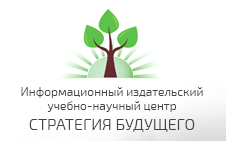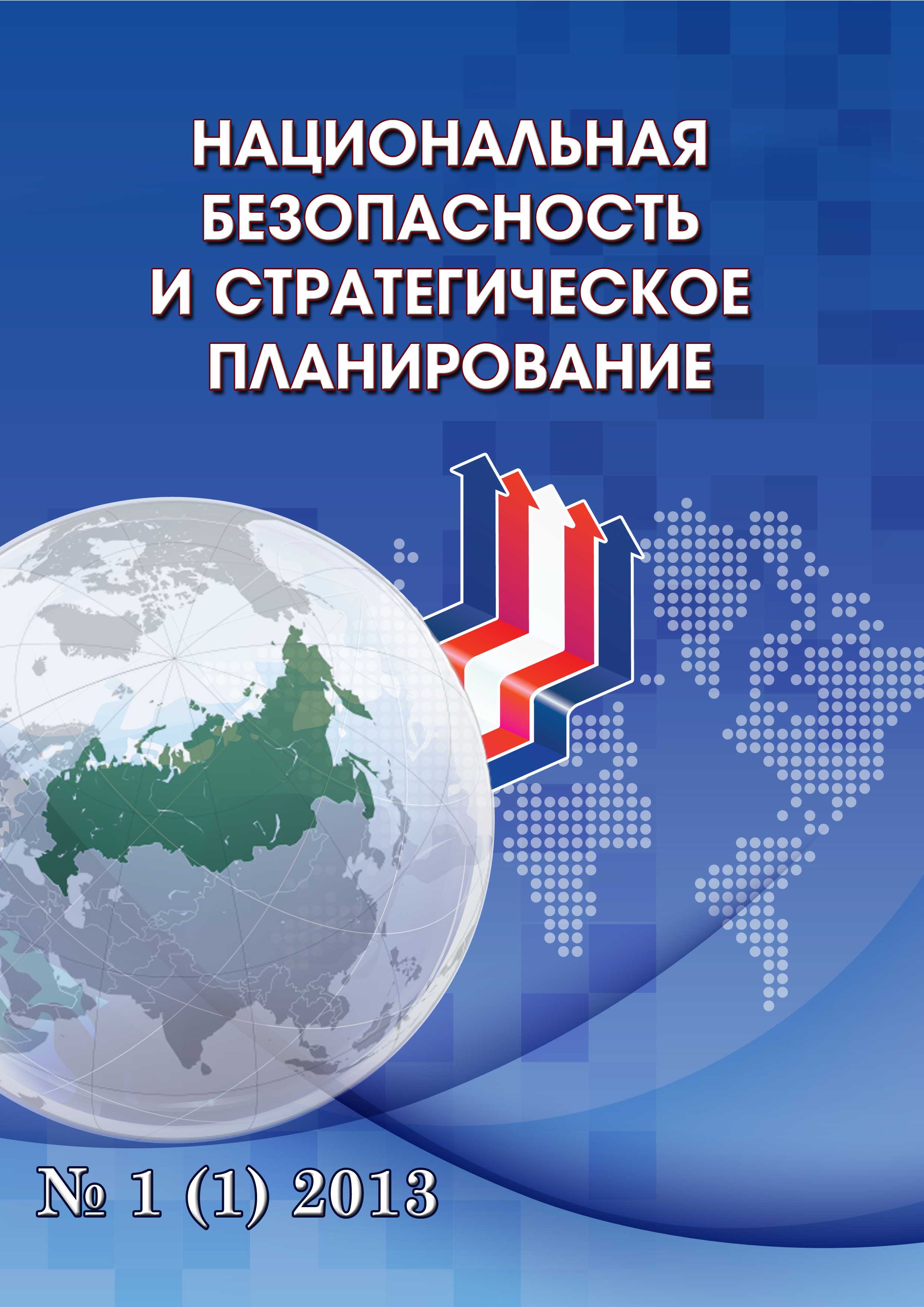Russian Federation
The article considers the problem of quality of specialized software products used in the work of emergency services. This problem largely depends on the efficiency of graphical user interfaces of programs. The purpose of the article is to develop scientific and methodological tools that allow evaluating the efficiency of visual aesthetics of interfaces. To achieve this goal, the article: developed a range of indicators and characteristics combined into a system; formalized the proposed indicators and characteristics; developed an algorithm for assessing the efficiency of visual aesthetics of graphical user interfaces, allowing to find defects, as well as compare interfaces with each other. The proposed algorithm includes three areas of assessment: color aesthetics, compositional balance and ergonomic aesthetics, which contain twelve indicators and ten characteristics. A wide range of used indicators allows researchers to conduct a detailed and flexible analysis of the efficiency of interfaces of specialized information systems and programs, as well as to identify both positive and negative aspects of their implementation.
graphical user interface, algorithm, visual aesthetics, efficiency, specialized software products, emergency services
1. Bulat R.E., Vostrykh A.V. On the issue of improving the quality of perception of information by operators in emergency situations based on the improvement of graphical user interfaces // In the collection: Psychological and pedagogical aspects of training personnel for professional activities in extreme conditions. Collection of plenary reports of the International scientific and practical conference. St. Petersburg. - 2021. – PP. 45-56.
2. Terekhin S.N., Vostrykh A.V. Improving the information systems used by the supervisory bodies of the Ministry of Emergencies of Russia // Scientific and analytical journal «Bulletin of the St. Petersburg University of the State Fire Service of the Ministry of Emergencies of Russia». – 2020. – №. 4. – PP. 163-170.
3. Norman, D.A. Living with complexity // D.A. Norman. - The MIT Press, 2010. – 308 p.
4. Weinschenk S. Intuitive web design // S. Weinschenk. - St. Petersburg: Eskmo, 2011. – 160 p.
5. Nielsen J. Mobile Usability. How to create perfectly user-friendly applications for mobile devices // M.: Eskmo, 2013. – 256 p.
6. Krug S. Web design, Don't make me think! // M.: Symbol-Plus, 2008. –216 p.
7. Vostrykh A.V. Models for describing elements of information systems of the Ministry of Emergency Situations of Russia, focused on human-machine interaction // Scientific and analytical journal "Bulletin of the St. Petersburg University of the State Fire Service of the Ministry of Emergency Situations of Russia". – 2021 – № 2. – PP. 170-176.
8. Bogdanova E.M., Maksimov A.V., Matveev A.V. Information system for forecasting emergency situations using adaptive models // Scientific and analytical journal "Bulletin of the St. Petersburg University of the State Fire Service of the Ministry of Emergency Situations of Russia". – 2019. – № 2. – PP. 65-70.
9. Raskin D. Interface New directions in the design of computer systems // M.: Simvol, 2007. – 257 p.
10. Krug S. How to make a site convenient. Usability according to the method of Steve Krug // St. Petersburg: Piter, 2010. – 170 p.
11. Weinschenk S. 100 main principles of design. How to keep attention // St. Petersburg: Piter, 2011. – 272 p.
12. Vostrykh A.V. Model for describing elements of information systems focused on human-machine interaction // Devices and systems. Management, control, diagnostics. – 2021. – № 11. – PP. 23-30. – DOIhttps://doi.org/10.25791/pribor.11.2021.1303.
13. Norman D.A. Emotional Design: Why we love (or hate) everyday things // Basic Books, 2005. –272 p.
14. Weinschenk S. 100 New Main Principles of Design. How to Hold Attention // SPb.: Piter, 2016. – 290 p.
15. Wyszecki G. Color Science. Concepts and Methods, Quantitative Data and Formulae. Second Edition, Wiley-Interscience Publication, – 2000. – 976 p.
16. Shannon C.E. A mathematical theory of communication // Bell System Technical Journal, 1948. – PP. 379-423.
17. Emelyanova Yu.G., Fralenko V.P., Khachumov V.M. Methods of complex assessment of cognitive graphic images // Software systems: Theory and applications. – 2018. – № 3. – PP. 49-63. – DOIhttps://doi.org/10.25209/2079-3316-2017-9-3-49-63.
18. Dikovitsky V.V. Formalization of the problem of constructing cognitive user interfaces for multi-subject IR // Information technologies. – 2013. – № 5. – PP. 90-97.
19. Stickel C., Ebner M., Holzinger A. The XAOS metric – understanding visual complexity as measure of usability // 6th Symposium of the Workgroup Human-Computer Interaction and Usability Engineering on HCI in Work and Learning, Life and Leisure. – 2010. – PP. 278-290. – DOI:https://doi.org/10.1007/978-3-642-16607-5_18
20. Vostrykh A.V. Method and algorithms for multi-criteria assessment of graphical user interfaces of software products of the Russian Emergencies Ministry // National Security and Strategic Planning. - 2022. - No. 4 (40). - P. 57-64. - DOIhttps://doi.org/10.37468/2307-1400-2023-2022-4-57-64.








